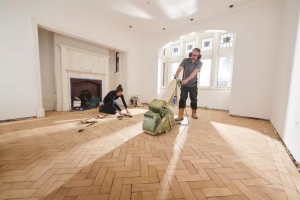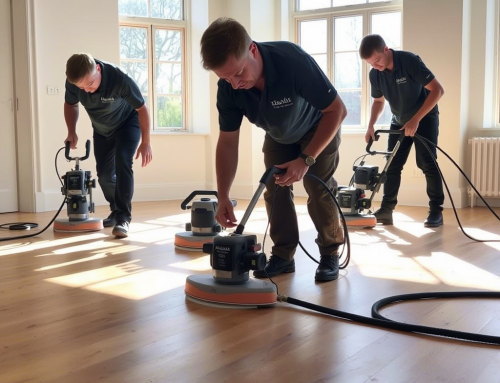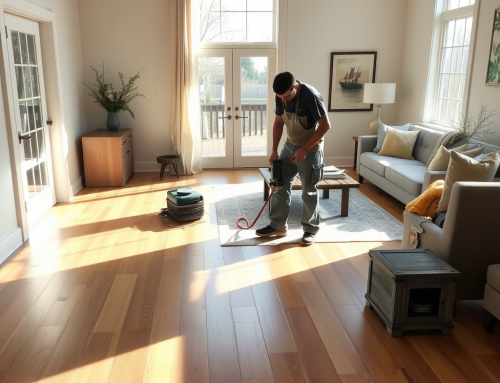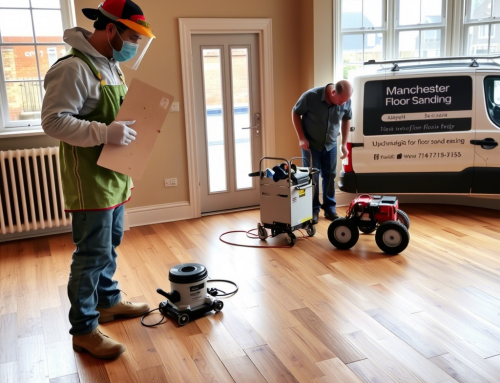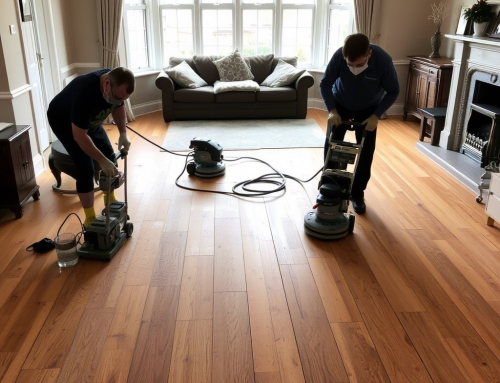Sanding your floors is essential in restoring their beauty and durability. Regular sanding can give your room a fresh look, whether your flooring is hardwood, engineered wood, or parquet. However, it’s crucial to comprehend the cost variables related to floor sanding before starting this route of house repair. In this blog, we’ll examine the numerous factors affecting the cost of floor sanding and advice on maximizing your investment.
Type and condition of the floor
The type and condition of your flooring is the first element affecting the cost of floor sanding. Due to their density and longevity, hardwood floors often cost more to sand than softwood or engineered wood floors. The overall condition of your floor surface is also essential. The Floors that are severely damaged or unbalanced can need more intense sanding, raising the cost of floor sanding.
The Surface Area
The total cost is greatly influenced by the size of the area you want sanding—most floor sanding specialists cost by the square foot. Larger rooms will inevitably have higher costs than smaller ones. Accurately count the square footage of the floor area to calculate your cost of floor sanding Manchester.
The Level of Sanding Depth
The state of your floors will determine the required sanding depth. The room floors might require deeper sanding to produce an evenly smooth surface if they have deep scratches, stains, or substantial wear. Sanding to a deeper depth takes longer and costs more money.
Profession-based Work
Using a professional floor sanding service is recommended for the best results. Labor costs can change depending on your region and the specialists’ experience level. To ensure fair pricing, getting numerous bids from trustworthy contractors is essential. It also has an effect on the cost of floor sanding.
Equipment Leasing
You’ll need to rent the essential tools if you consider doing the floor sanding yourself. Consider this when creating your budget because the expense of renting sanders, edgers, and other tools can add up quickly. And all these can raise the cost of floor sanding.
Restoration and Auxiliary Work
In some circumstances, before you can start sanding, your floors could need repairs or other preliminary work. This includes repairing structural problems, tightening loose boards, and filling gaps. The total cost will depend on how extensive these repairs are.
Accessibility
Your floor’s accessibility may affect prices as well. Additional fees can apply if your flooring is in a difficult-to-reach location or needs to be carried up to a higher level. To avoid unnecessary expenses, you can hire floor sanding cost UK.
Additional Services
Consider whether you want further services, like staining or sealing, done in addition to the sanding. Although they will increase the overall cost, these services can improve the look and protection of your floors.
Final Choices
You’ll need to decide on a finish for your floors after you’ve sanded them. The cost of floor sanding may vary depending on the finish you choose. Polyurethane, oil-based, and water-based coatings are standard finishing different options. Each has a diverse price range, with polyurethane often costing the most because it is long-lasting and durable.
Timeliness and Planning
Pricing might be impacted by schedule and the time of year. Specific floor sanding specialists provide discounts during the off-season or slower months. You can save money by making reservations in advance and being flexible with your schedule.
To successfully plan your budget, remember that expert floor sanding services frequently produce the most ideal outcomes. The floor surfaces of your house can be elegantly updated without breaking the budget with the appropriate planning.
The Process of Floor Sanding: An Overview
There are numerous crucial steps in the floor sanding process:
- Preparation: Furniture must be removed from the room before sanding, and any protruding nails or staples in the floor must be either out or hammered in.
- Rough sanding: The first belt sander runs over the floor, removes the previous finish, and levels the surface. Several passes with progressively finer sandpaper are frequently necessary at this stage.
- Detail Sanding: An edger is used to reach corners and edges after the central portion of the floor has been sanded.
- Cleaning and Finishing: Before applying the finish, the floor is thoroughly cleaned.
Bottom Line
Investing in foundation floor sanding can significantly enhance your wooden floors’ appearance and durability. However, it’s crucial to understand the numerous aspects that affect this home improvement project’s cost. You can make educated choices and make sure you receive the most return on your investment by considering the kind and condition of your floors.

